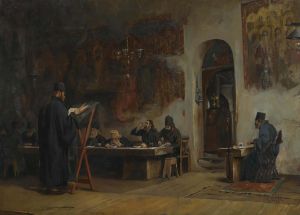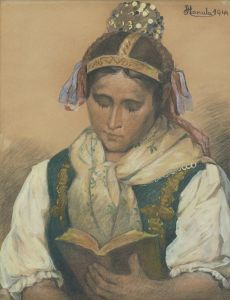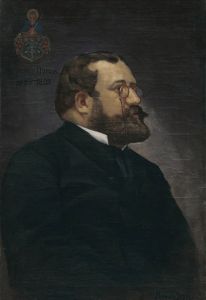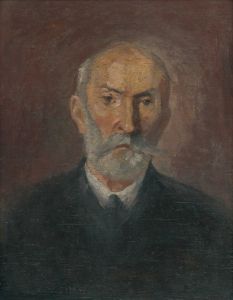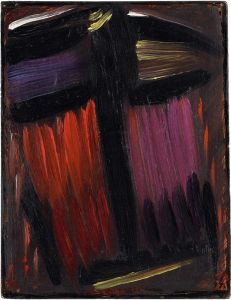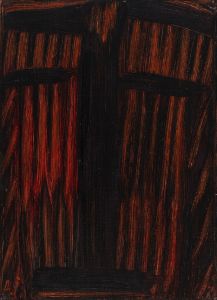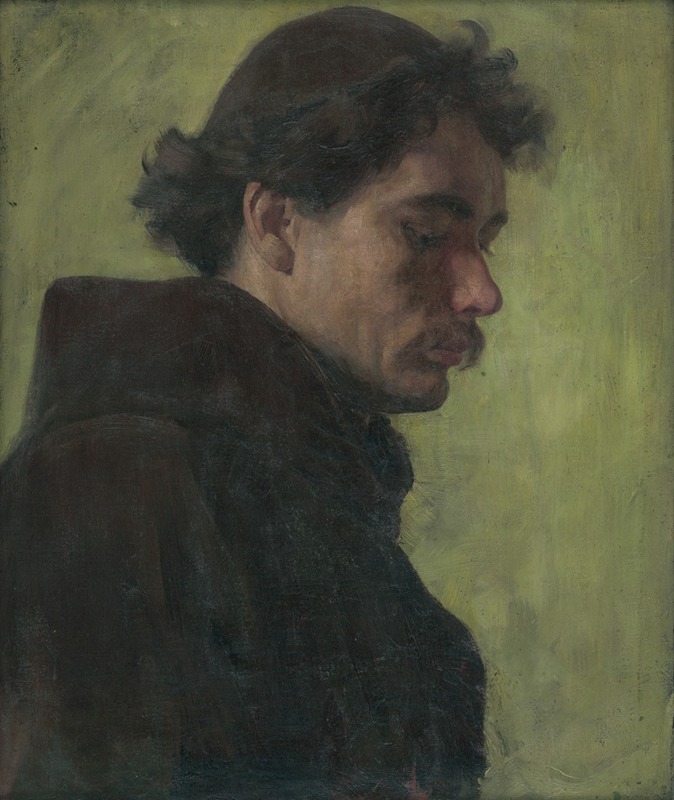
Podobizeň mnícha
A hand-painted replica of Jozef Hanula’s masterpiece Podobizeň mnícha, meticulously crafted by professional artists to capture the true essence of the original. Each piece is created with museum-quality canvas and rare mineral pigments, carefully painted by experienced artists with delicate brushstrokes and rich, layered colors to perfectly recreate the texture of the original artwork. Unlike machine-printed reproductions, this hand-painted version brings the painting to life, infused with the artist’s emotions and skill in every stroke. Whether for personal collection or home decoration, it instantly elevates the artistic atmosphere of any space.
Jozef Hanula (1863–1944) was a Slovak painter and teacher, known for his contributions to religious and portrait art in Slovakia. One of his notable works is Podobizeň mnícha (Portrait of a Monk), which exemplifies his skill in capturing human expression and character through portraiture.
This painting, created in the late 19th or early 20th century, reflects Hanula's academic training and his focus on realism. Hanula studied at the Academy of Fine Arts in Munich, where he was influenced by the European academic tradition and the realist movement. His works often depicted religious themes, rural life, and Slovak cultural identity, and he was particularly skilled in portraying the human figure with sensitivity and detail.
Podobizeň mnícha portrays a monk, likely a member of a Catholic monastic order, dressed in traditional monastic attire. The painting emphasizes the solemn and contemplative nature of the subject, with careful attention to facial features and expression. The use of light and shadow in the artwork highlights the monk's face, drawing the viewer's attention to his introspective gaze. This approach is characteristic of Hanula's style, which often sought to convey the inner life and dignity of his subjects.
Hanula's work, including Podobizeň mnícha, is significant in the context of Slovak art history. During his lifetime, Slovakia was part of the Austro-Hungarian Empire, and later Czechoslovakia, and Hanula's art played a role in preserving and celebrating Slovak identity and heritage. His paintings are considered important cultural artifacts, reflecting the religious and social values of his time.
Today, Podobizeň mnícha is recognized as an example of Hanula's mastery in portraiture. It is housed in a Slovak art collection, though specific details about its current location or exhibition status are not widely documented. Hanula's legacy continues to be celebrated in Slovakia, where he is regarded as one of the prominent figures in the country's artistic tradition.
This painting, like much of Hanula's work, serves as a testament to his dedication to realism and his ability to capture the essence of his subjects, making it a valuable piece of Slovak cultural heritage.








